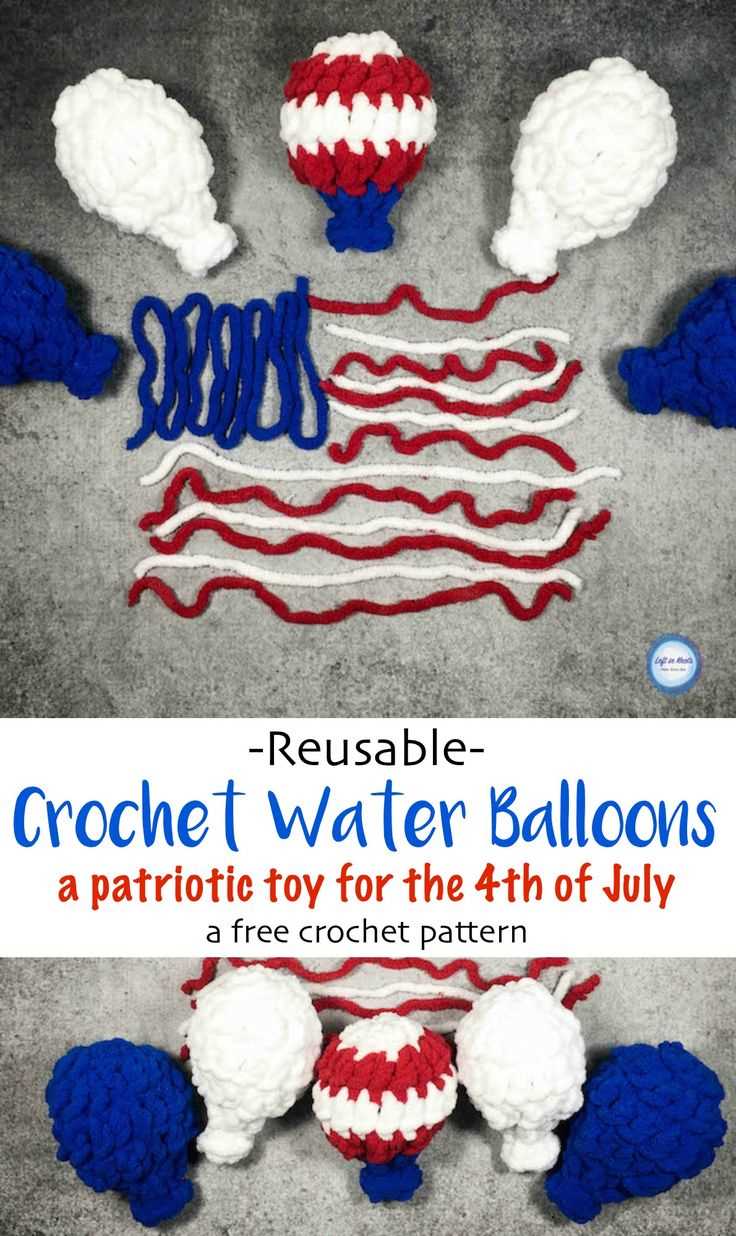
Looking for a fun and unique summer activity? Why not try knitting your own water balloons? These knitted balloons are a great way to stay cool and have a blast with friends and family. Plus, they’re eco-friendly and reusable, which means less plastic waste in our oceans and landfills.
Knitted water balloons are easy to make and require only basic knitting skills. With just a few simple stitches, you can create a soft and squishy balloon that can be used over and over again. They are also a fantastic alternative to traditional water balloons, which can be wasteful and harmful to the environment.
This free pattern provides step-by-step instructions for knitting your own water balloons. Whether you’re a beginner or an experienced knitter, you’ll find this pattern fun and rewarding. So grab your knitting needles, choose your favorite colors, and get ready to make a splash this summer!
Why Knitted Water Balloons Are a Summer Must-Have
Summer is all about fun in the sun and staying cool. One popular activity that both kids and adults enjoy is water balloon fights. However, traditional water balloons can be wasteful and messy. That’s where knitted water balloons come in. These unique alternatives to traditional water balloons are becoming a summer must-have for several reasons.
Firstly, knitted water balloons are eco-friendly. Unlike traditional water balloons that are single-use and end up in landfills, knitted water balloons can be used over and over again. Made from durable materials such as cotton or acrylic yarn, they are easy to wash and dry, ensuring they stay in great condition for multiple uses. By using knitted water balloons, you can reduce waste and have a positive impact on the environment.
Another reason why knitted water balloons are a must-have is their safety. Traditional water balloons can be dangerous, especially when they burst near the face or eyes. The impact of the bursting balloon can cause injuries or discomfort. Knitted water balloons, on the other hand, are softer and pose less risk of injury. They are gentle on the skin and provide a safer option for children and adults to enjoy water balloon fights without worrying about accidental injuries.
Additionally, knitted water balloons are a great way to add a personal touch to your summer activities. With a wide range of colors and patterns available, you can choose balloons that match your personal style or even customize them to suit special occasions or events. Whether you prefer bright and vibrant colors or subtle pastels, there is a knitted water balloon design to suit everyone’s preferences and make your summer even more enjoyable.
In conclusion, knitted water balloons are a summer must-have due to their eco-friendly nature, safety, and customizable options. They provide a fun and sustainable alternative to traditional water balloons, allowing you to enjoy water balloon fights without the guilt of contributing to waste. So this summer, grab a set of knitted water balloons and make your outdoor fun even more memorable.
Benefits of Using Knitted Water Balloons
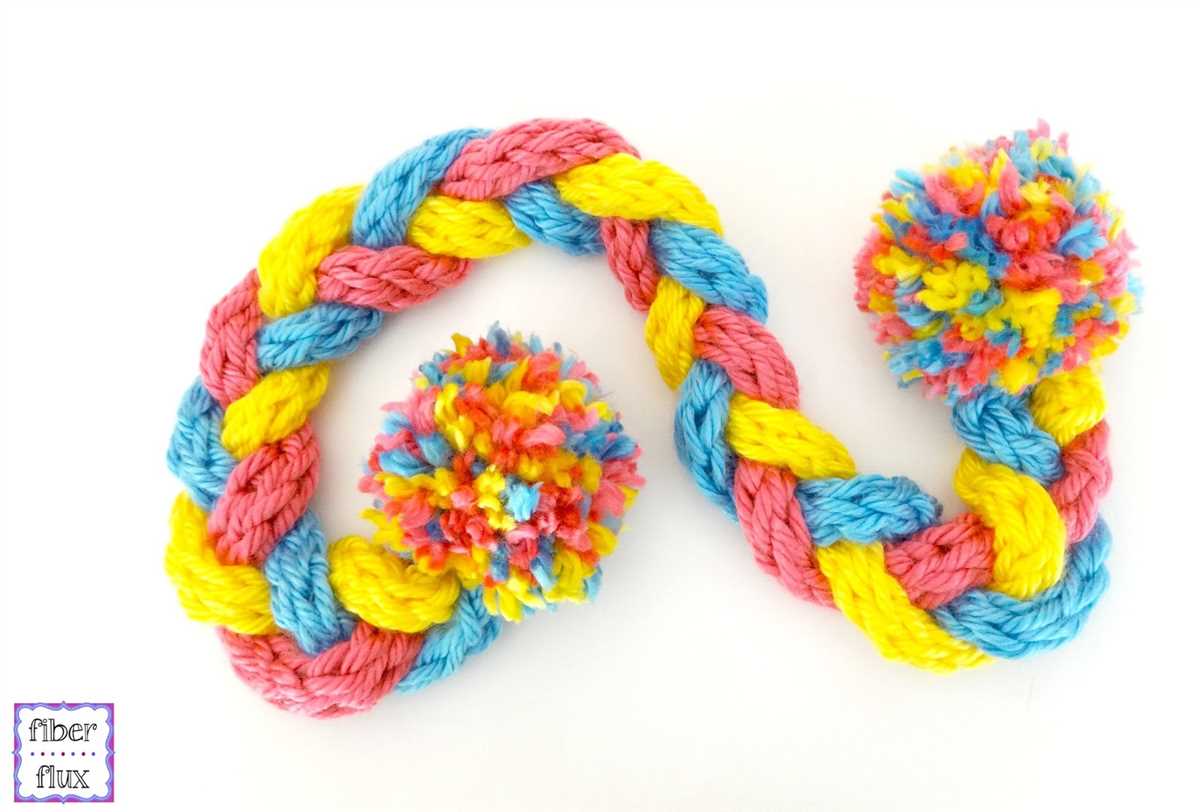
Knitted water balloons offer several advantages over traditional water balloons, making them a popular choice for outdoor water games and activities. These innovative water toys are not only fun to use, but they also provide a more sustainable and eco-friendly alternative to single-use plastic balloons.
Reusable: One of the key benefits of knitted water balloons is that they can be reused multiple times, unlike traditional water balloons that are meant for single use only. This not only helps to save money in the long run but also reduces the amount of waste generated from discarded balloons.
Durable: Unlike regular water balloons that often burst easily and quickly end up in a messy pile of broken rubber, knitted water balloons are designed to be much more durable. Made from strong and stretchy materials, these balloons can withstand vigorous play and can be filled and refilled with water without the risk of tearing or bursting.
Safe and Easy to Fill: Knitted water balloons are designed with a wide opening that makes them easy to fill with water. Unlike traditional water balloons that require tying knots, these knitted balloons are simply filled with water and then gently squeezed to release the water upon impact. This eliminates the need for sharp knots that can cause injury to fingers and ensures a safe and hassle-free playing experience.
Less Mess: One of the biggest advantages of knitted water balloons is that they create less mess compared to traditional balloons. While regular water balloons often leave behind bits of broken rubber and shards, knitted water balloons stay intact even when they burst, minimizing cleanup and reducing the risk of littering.
Different Color Options: Knitted water balloons are available in a wide range of colors, allowing players to choose their preferred color or even use different colors to organize team-based games. This adds an element of excitement and customization to water balloon fights and makes the games more enjoyable for participants of all ages.
In conclusion, knitted water balloons provide numerous benefits and advantages over traditional water balloons. From being reusable and durable to offering safer filling options and creating less mess, these eco-friendly alternatives are an excellent choice for summer water activities. By opting for knitted water balloons, individuals can have fun while also making a small but meaningful contribution towards a greener and more sustainable future.
How to Knit Water Balloons: Step-by-Step Tutorial
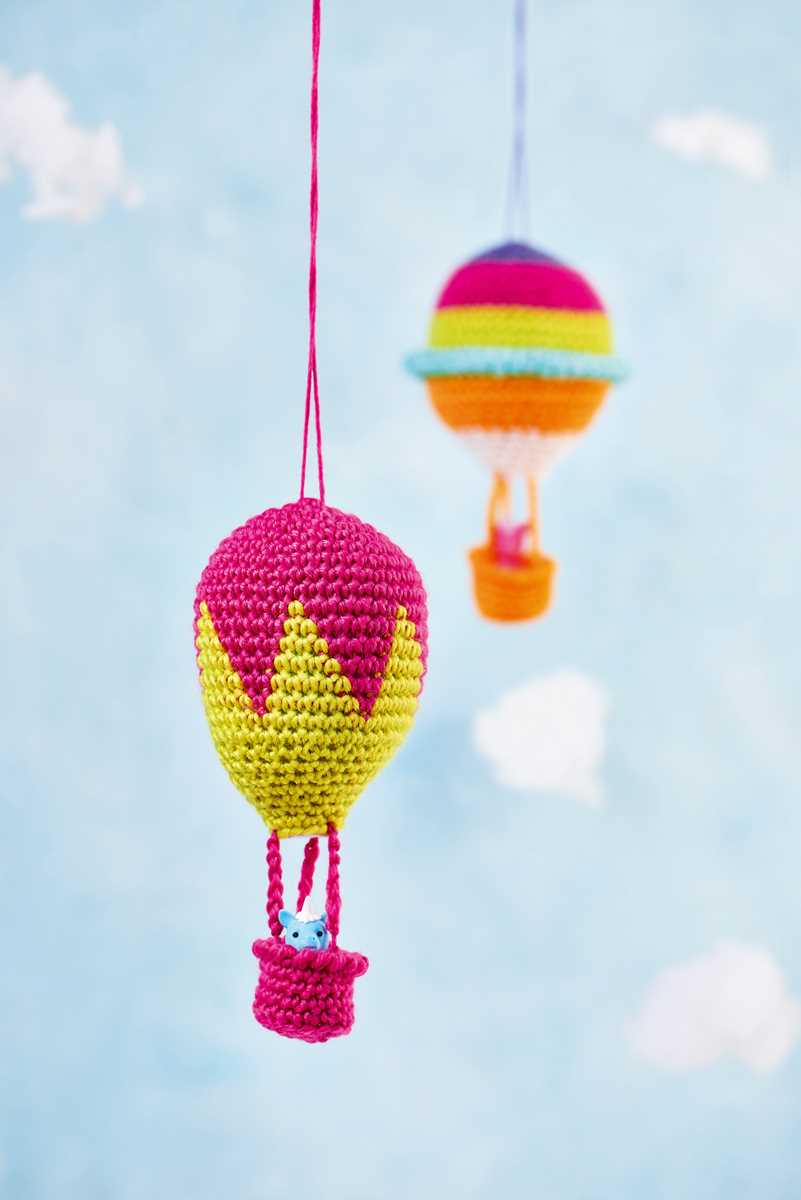
Knitting water balloons can be a fun and unique way to enjoy water games during the summer. Whether you’re planning a water balloon fight or simply want to add some extra splash to your backyard party, knitting your own water balloons allows you to customize their size, shape, and colors. In this step-by-step tutorial, we will guide you through the process of knitting water balloons.
Materials:
- Medium weight yarn
- Size 8 knitting needles
- Yarn needle
- Scissors
Step 1: Cast on stitches
Start by casting on stitches using the long tail cast on method. The number of stitches you cast on will determine the size of your water balloon. For a small water balloon, cast on about 20 stitches. For a larger one, cast on about 30 stitches.
Step 2: Knit in the round
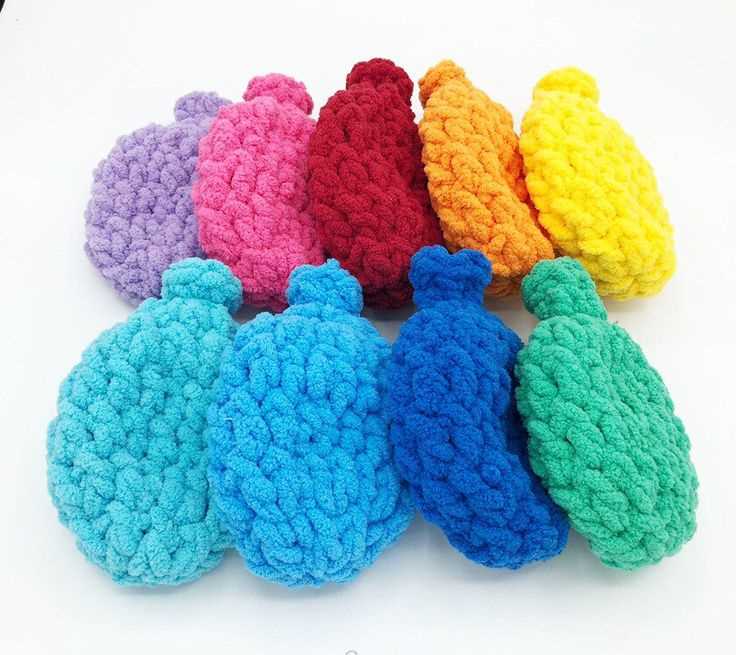
Once you have cast on your stitches, join them in the round. Use a stitch marker to mark the beginning of each round. Knit every stitch in each round until your work measures about 6 inches in height. This will create the main body of the water balloon.
Step 3: Shape the top
To shape the top of the water balloon, decrease stitches in each round. Start by knitting two stitches together, then knit the next stitch. Repeat this pattern until the end of the round. Continue decreasing stitches in this manner until you have only a few stitches left.
Step 4: Bind off and secure
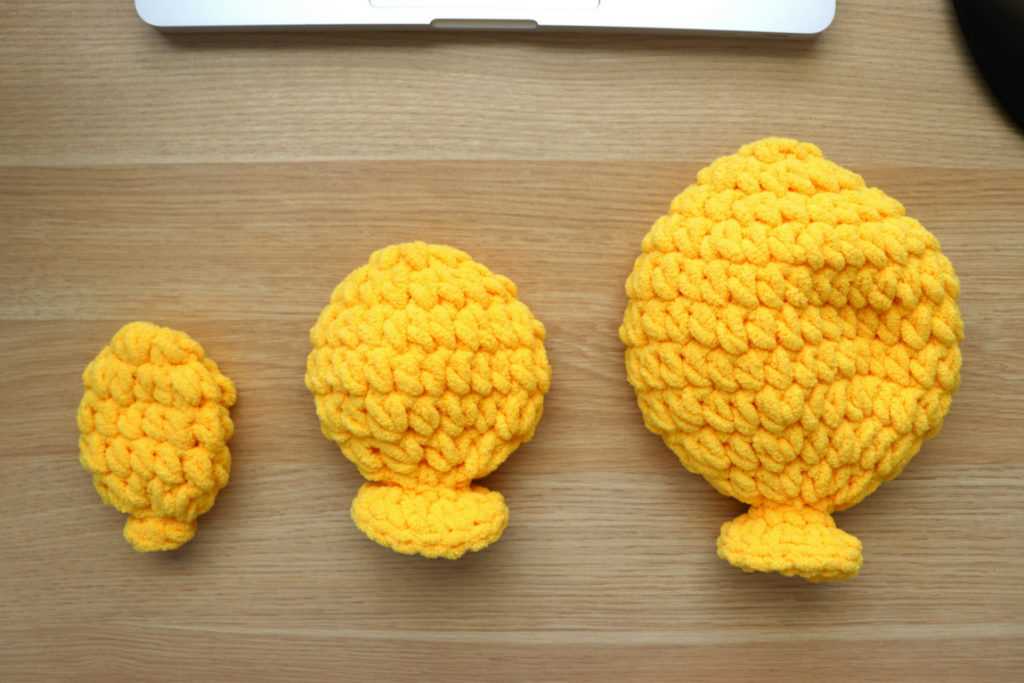
When you have decreased enough stitches, bind off the remaining stitches. Cut the yarn, leaving a long tail. Thread the tail through a yarn needle and weave it through the remaining stitches to secure them. Pull tight to close the top of the water balloon.
Now that you have finished knitting your water balloon, it’s time to fill it with water and start the fun! Remember to use caution and supervise children while playing with water balloons to prevent accidents and injuries. Enjoy your knitted water balloons and have a splashing good time!
Knitting Patterns for Water Balloons: Free and Easy
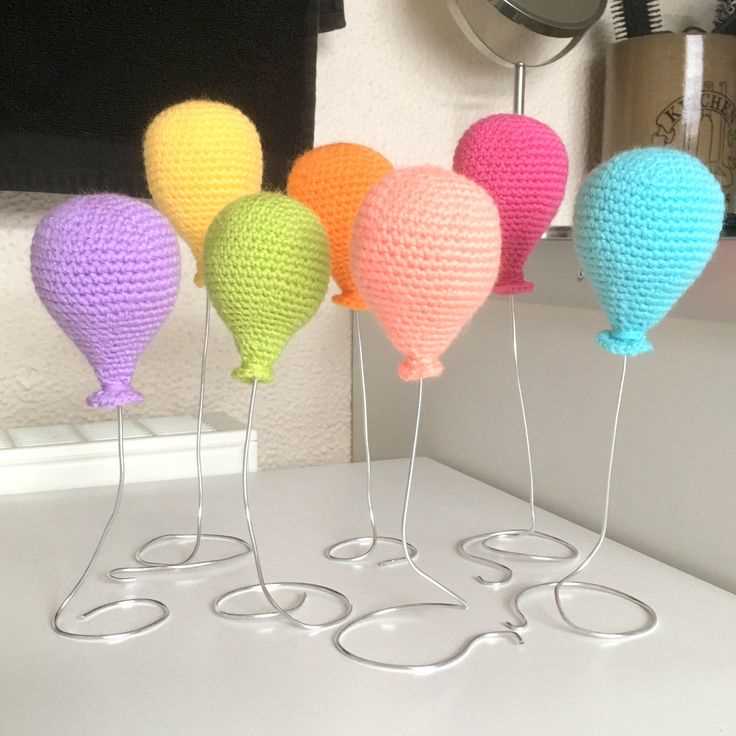
Summer is the perfect time to enjoy outdoor water activities, and what better way to have fun than with water balloons? Instead of buying disposable plastic water balloons, why not knit your own reusable ones? Not only will this save you money in the long run, but it is also an eco-friendly alternative. Knitting patterns for water balloons are easy to find and can be customized to suit your preferences.
If you’re new to knitting or looking for a quick project, there are numerous free patterns available online. These patterns typically use basic stitches and are suitable for beginners. You can choose from different sizes and shapes, ranging from traditional round water balloons to more unique designs like star-shaped balloons. Some patterns even include instructions for adding a loop to hang the balloons or attaching a nozzle for easy filling.
Here are a few free knitting patterns for water balloons:
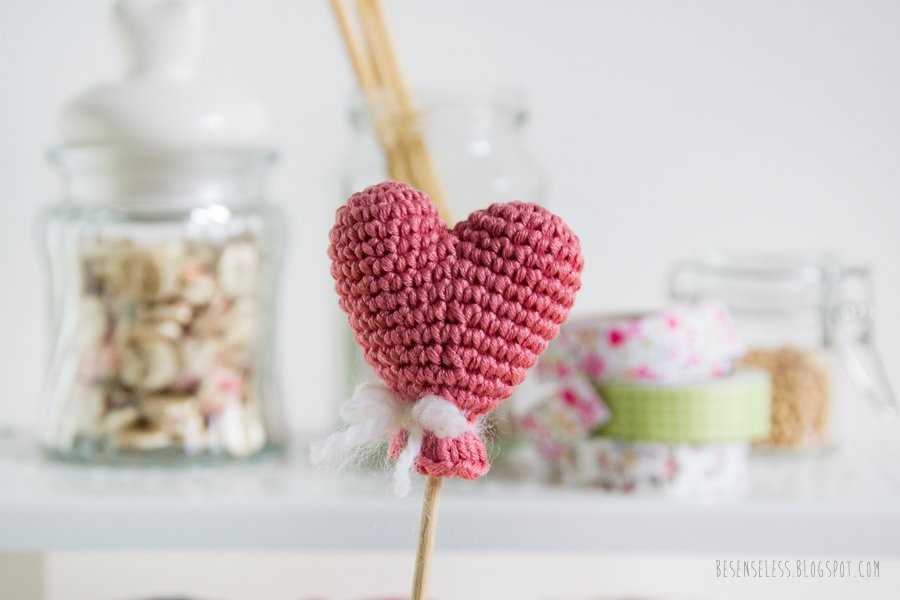
- Simple Round Balloon: This pattern uses basic knitting stitches and can be completed in just a few hours. It is perfect for beginners.
- Striped Balloon: Add some color to your water balloon collection with this pattern. You can choose your favorite colors and create unique striped designs.
- Star-shaped Balloon: If you’re feeling adventurous, try knitting a star-shaped water balloon. This pattern requires some intermediate knitting skills but results in a fun and eye-catching balloon.
- Hanging Balloon: Take your water balloon game to the next level with this pattern. It includes instructions for adding a loop to hang the balloons, making them great for outdoor parties or decorations.
When knitting water balloons, it’s important to choose the right yarn. Look for yarn that is durable and can withstand getting wet. Cotton and acrylic blends are popular choices as they are easy to clean and hold their shape well. Remember to also keep safety in mind and supervise children while playing with the water balloons to avoid any accidents.
So, why not give knitting your own water balloons a try? It’s a fun and creative way to add some personalization to your summer water activities. Plus, you’ll have the satisfaction of knowing you’re reducing waste by knitting reusable alternatives. Get your needles out and start knitting some water balloons today!
Knitting Techniques for Beginners: Master the Basics
Are you a knitting enthusiast who is just starting their knitting journey? Learning knitting techniques can be an exciting and rewarding experience. Whether you want to create cozy scarves, stylish hats, or adorable baby blankets, mastering the basics is essential. In this article, we will explore some essential knitting techniques for beginners.
Casting On
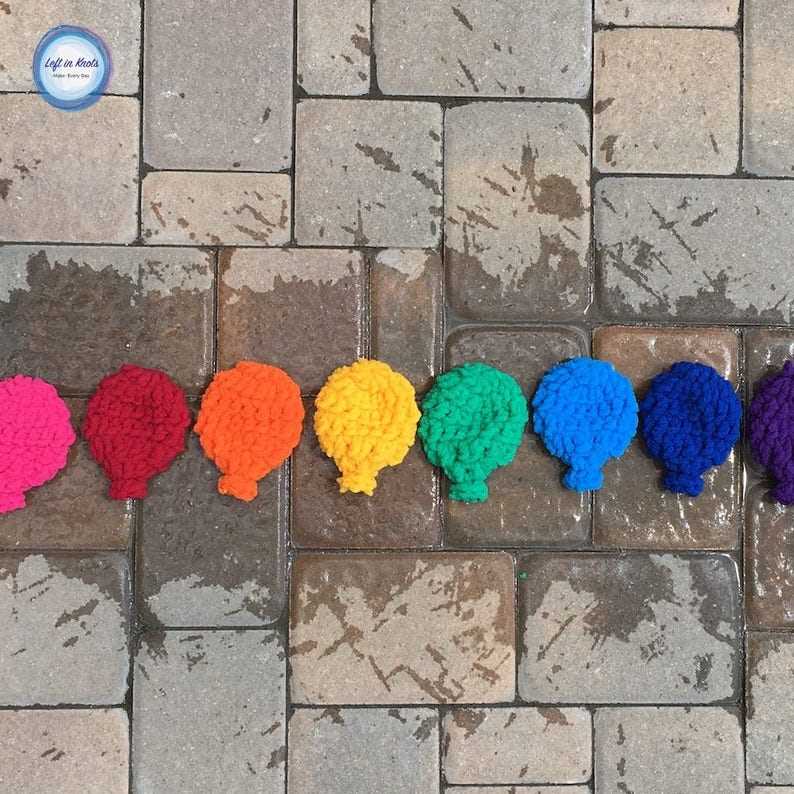
One of the fundamental knitting techniques to learn is casting on. This process involves creating the first row of stitches on your knitting needle. There are various methods for casting on, including the long-tail cast-on and the knitted cast-on. Experiment with different techniques to find the one that works best for you.
Knit and Purl Stitches
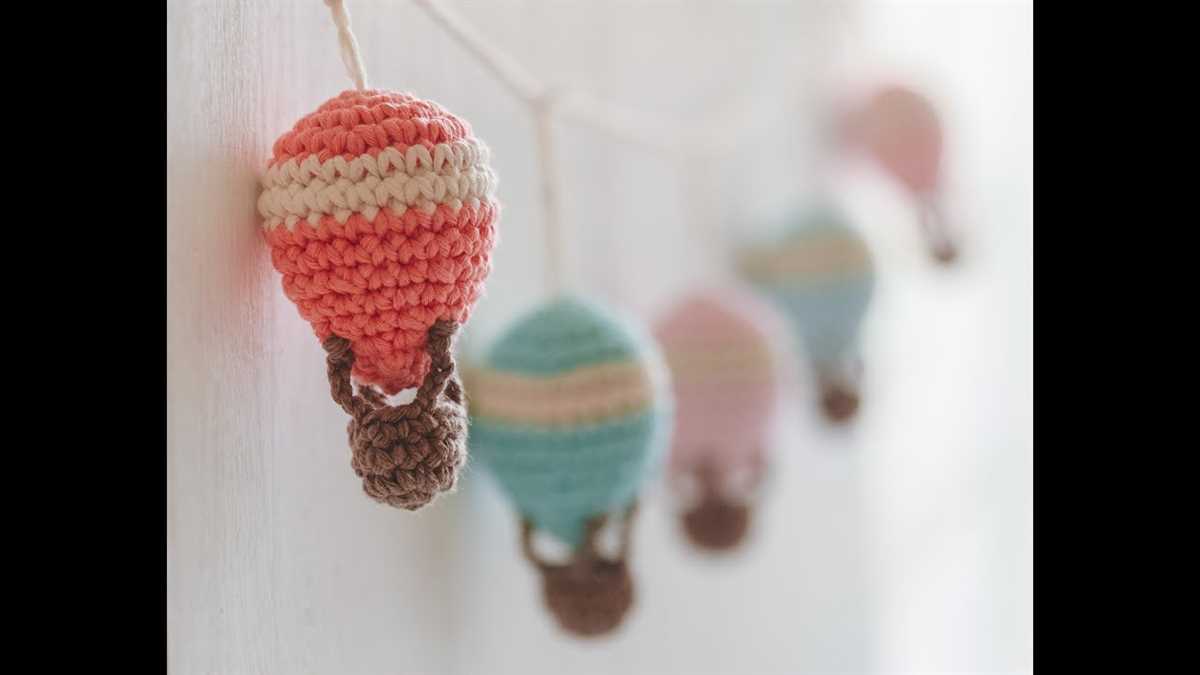
Knit and purl stitches are the building blocks of knitting. The knit stitch creates a smooth, V-shaped pattern, while the purl stitch creates a bumpy, textured pattern. By combining knit and purl stitches, you can create a wide range of stitch patterns and designs. Practice knitting and purling to get comfortable with these basic stitches.
Increasing and Decreasing
To shape your knitted projects, you’ll need to learn how to increase and decrease stitches. Increasing involves adding stitches to your work, while decreasing involves removing stitches. Common methods for increasing include yarn overs and knitting into the front and back of a stitch. Decreasing can be achieved through knit two together or slip, slip, knit techniques.
Finishing Techniques
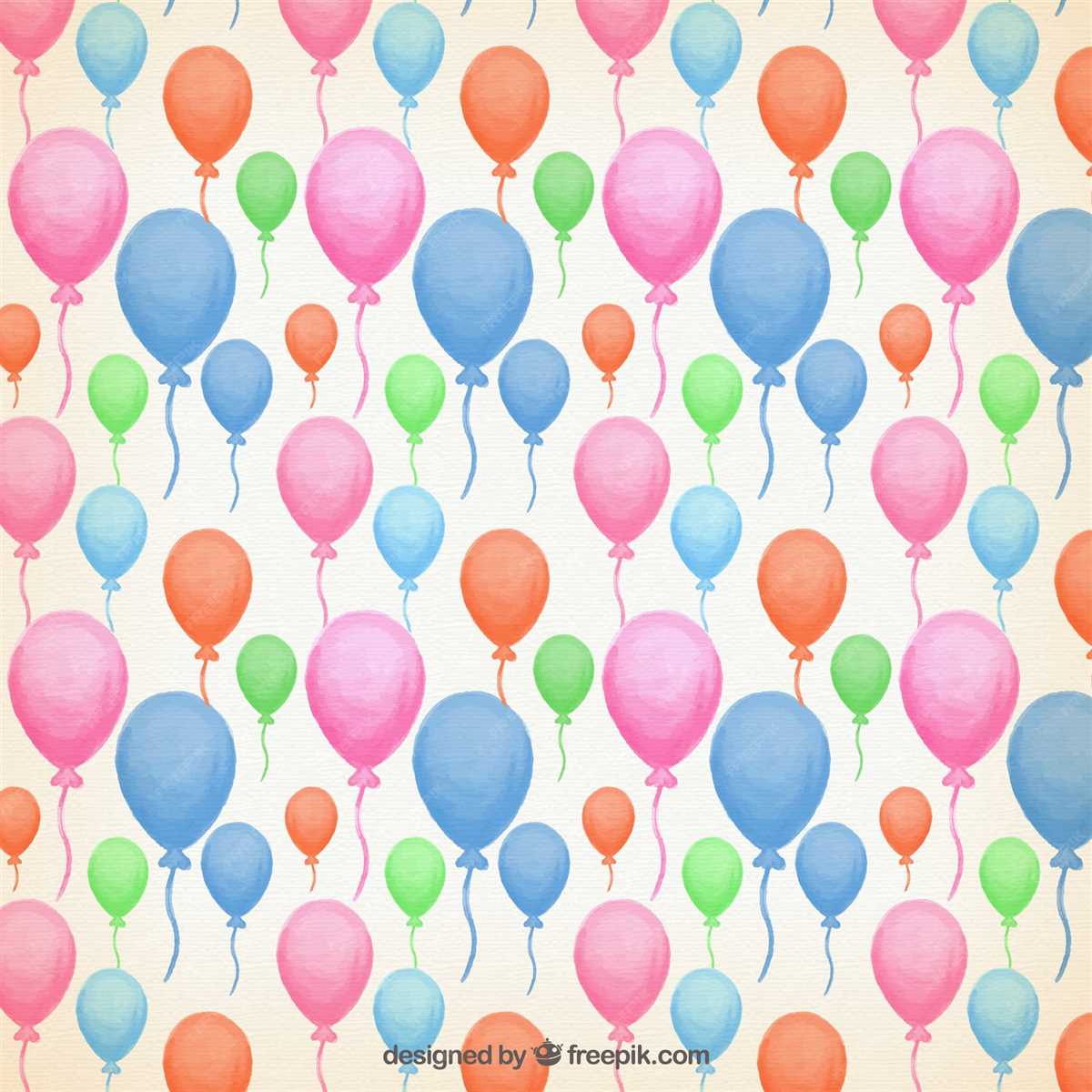
Once you’ve completed your knitting project, it’s essential to finish it off properly. Finishing techniques include binding off, which is the process of securing the stitches and preventing them from unraveling. You can also incorporate techniques such as blocking, weaving in ends, and adding decorative touches like tassels or pom-poms.
With these knitting techniques in your repertoire, you’ll be well on your way to creating beautiful and intricate knitted creations. Remember to start with simple projects and practice regularly to improve your skills. Happy knitting!
Choosing the Right Yarn for Knitted Water Balloons
When it comes to knitting water balloons, selecting the right yarn is crucial for creating durable and effective balloons. The yarn should be able to withstand the weight of water without stretching or breaking, and have enough elasticity to hold the shape of the balloon when filled. Here are a few key factors to consider when choosing yarn for your knitted water balloons:
1. Material:
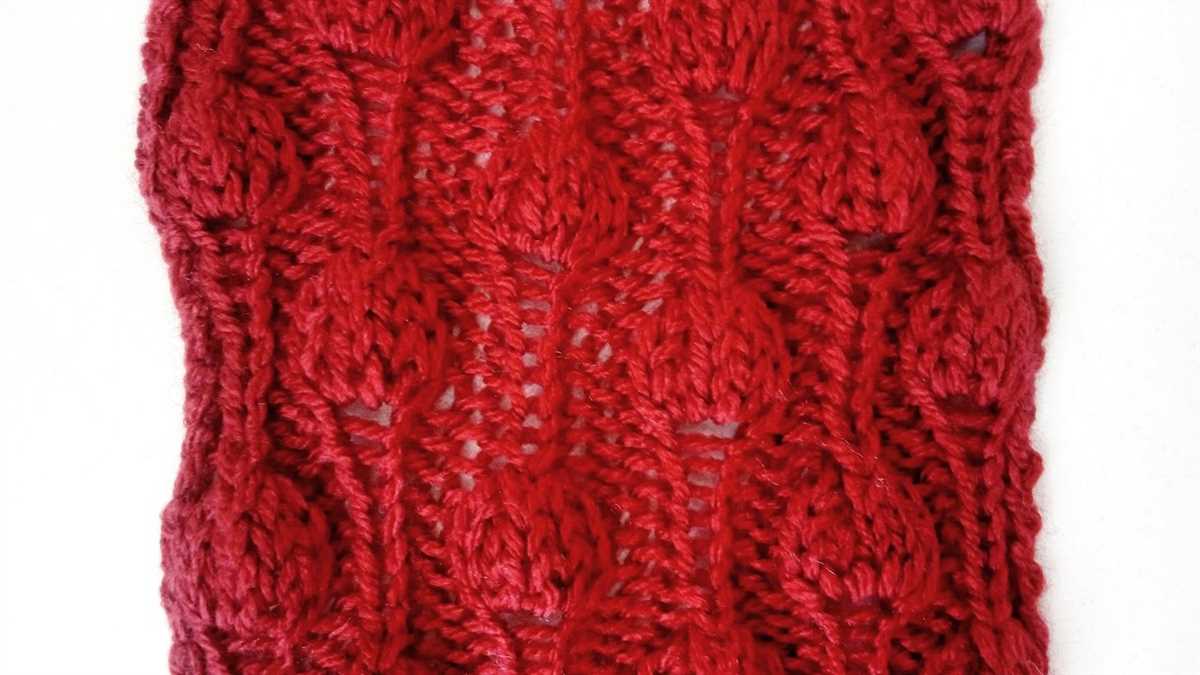
Opt for yarn made of synthetic fibers such as acrylic or nylon. These materials are known for their durability and ability to retain their shape when damp or wet. Avoid using natural fibers like cotton or wool, as they tend to absorb water and can become heavy and soggy.
2. Weight:
Choose a yarn that is thick enough to hold the water but not too heavy. Bulky or super bulky weight yarns are ideal for knitting water balloons, as they provide enough substance to hold the weight of water while still being manageable and easy to work with.
3. Stretchiness:
Look for a yarn with some stretchiness or elasticity. This will help the knitted balloon retain its shape when filled with water and prevent the yarn from becoming overstretched or saggy. A yarn with a small percentage of spandex or elastic fibers can provide the desired stretchiness.
4. Care Instructions:
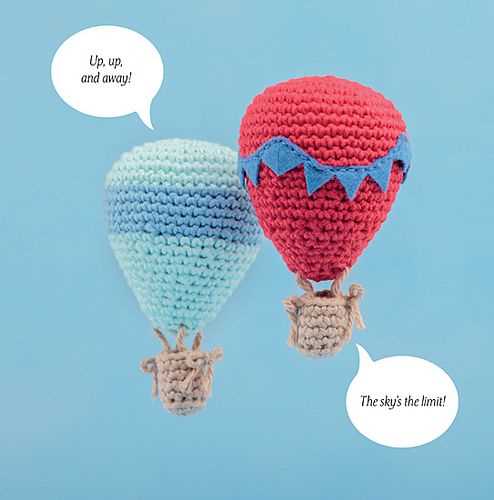
Consider the care instructions for the yarn. Water balloons are likely to get wet and may require washing after use. Choose a yarn that is machine washable and durable enough to withstand repeated washing and handling, without losing its shape or color.
By considering these factors and choosing the right yarn, you can ensure that your knitted water balloons are not only fun to play with but also durable and long-lasting. So grab your needles, pick the perfect yarn, and get ready for some splash-tastic fun!
Tips for Perfecting Your Knitted Water Balloons
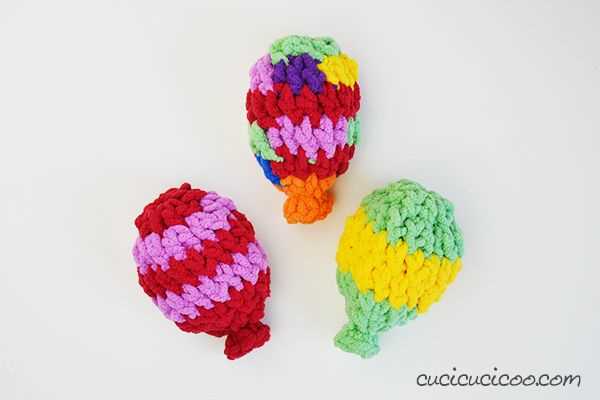
If you’re looking for a fun and eco-friendly alternative to traditional water balloons, knitted water balloons are the perfect solution. These reusable water balloons can be knit using a simple pattern and are easy to fill and tie. To help you perfect your knitted water balloons, here are some tips to keep in mind.
1. Choose the Right Yarn
When it comes to knitting water balloons, it’s important to choose the right yarn. Look for a yarn that is soft, stretchy, and has good water absorption properties. A cotton or acrylic blend yarn would work well for this project. Avoid using wool or bulky yarns, as they may not absorb water properly or may take a long time to dry.
2. Use a Tight Stitch
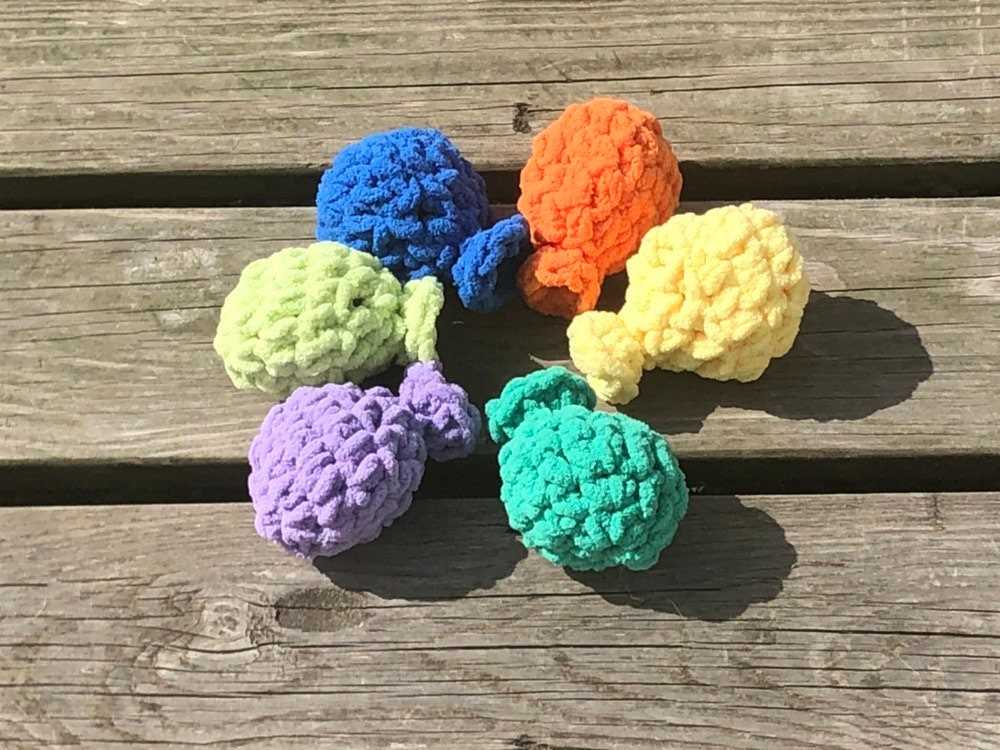
To ensure that your knitted water balloons hold water without leaking, it’s important to use a tight stitch. This will help prevent any water from seeping through the stitches. A stockinette stitch or a garter stitch worked with smaller needles can work well for this project.
3. Add a Drawstring or Rubber Band
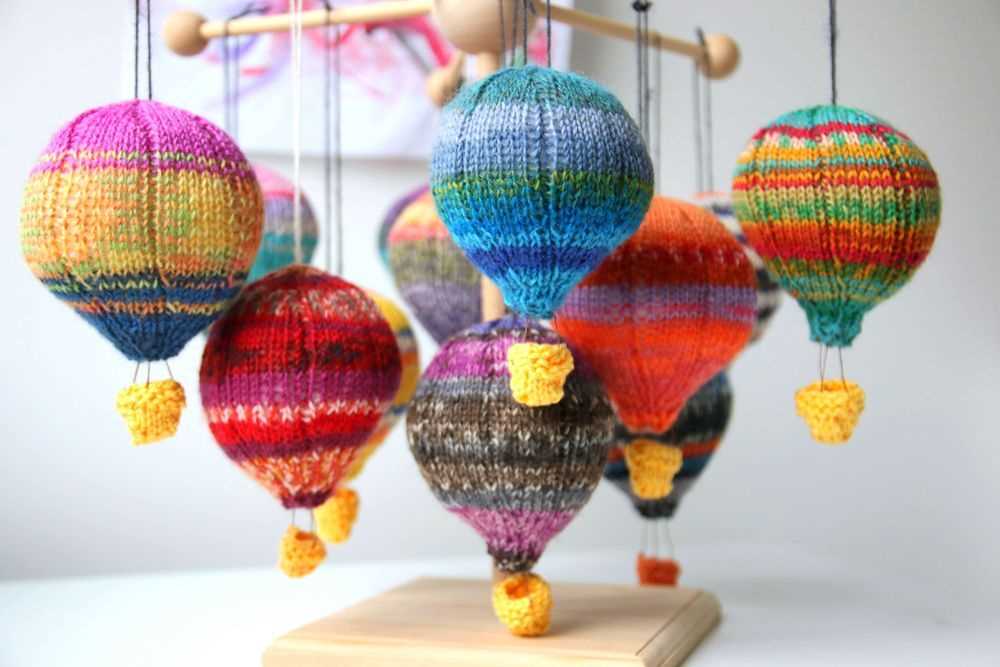
To make filling and tying your knitted water balloons easier, consider adding a drawstring or rubber band to the opening. This will help keep the water securely inside the balloon and make it easier to tie off. You can thread a drawstring through the stitches at the opening or simply attach a rubber band.
4. Test for Leakages
Before you start playing with your knitted water balloons, it’s a good idea to test them for any leakages. Fill the balloon with water and give it a gentle squeeze. If you notice any water seeping through the stitches, make sure to reinforce those areas by sewing them with a yarn needle.
5. Enjoy and Have Fun!
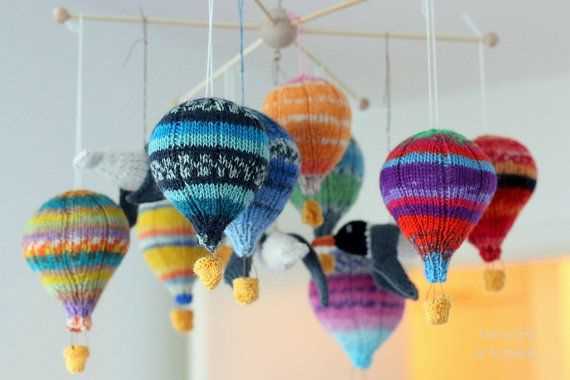
Once you’ve perfected your knitted water balloons, it’s time to enjoy some water-filled fun. Whether you’re having a backyard water fight or playing water games at the beach, these knitted water balloons will provide hours of entertainment. Remember to dry them properly after each use to ensure they stay clean and ready for the next water-filled adventure!
Modifying Knitted Water Balloon Patterns: Add Your Personal Touch
Knitting water balloons can be a fun and creative project, but sometimes you may want to put your own personal touch on the pattern. Modifying a knitted water balloon pattern allows you to customize it to your own preferences and add unique elements that reflect your individual style.
Here are some ways you can modify knitted water balloon patterns:
- Change the size: If you prefer larger or smaller water balloons, you can adjust the pattern accordingly. Simply increase or decrease the number of stitches and rows to achieve the desired size.
- Experiment with different stitch patterns: Instead of sticking to the traditional stockinette stitch, try out different stitch patterns to create texture and visual interest. You can choose from various options such as ribbing, seed stitch, or cables.
- Add color: Get creative with your yarn choices and add color to your water balloons. You can use different colored yarns for each section or incorporate stripes or color blocking to make your balloons more vibrant.
- Embroider or appliqué: Personalize your water balloons by adding embroidered designs or appliqués. You can create your own motifs or use pre-made patches and sew them onto the balloons for a unique touch.
- Experiment with different yarn weights: You can create different effects by using different weights of yarn. Try using a thicker yarn for a more substantial balloon or a finer yarn for a delicate and lightweight feel.
Remember, modifying knitted water balloon patterns allows you to unleash your creativity and make the project truly your own. Don’t be afraid to experiment and have fun with different techniques and ideas. Happy knitting!
Creative Ideas for Water Balloon Games
Water balloons can provide endless fun and entertainment for both kids and adults. Whether you’re hosting a summer party or looking for ways to cool off on a hot day, here are some creative ideas for water balloon games that will surely make a splash!
1. Water Balloon Toss: Divide the players into pairs and have them stand facing each other. Each pair gets a water balloon, and they start by tossing it back and forth. After each successful catch, the players take a step back. The game continues until there’s only one pair left without dropping the balloon.
2. Water Balloon Piñatas: Hang a large plastic sheet or tarp from a tree branch or clothesline. Fill several water balloons with different colored water. Blindfold the participants and give them a plastic bat or stick. They take turns trying to break the balloons by swinging at them. The one who breaks the most balloons wins.
3. Water Balloon Relay Race: Divide the players into teams and set up a start and finish line. Each team member must hold a water balloon on a spoon and race to the finish line without dropping it. If the balloon falls, they have to go back to the starting line. The first team to have all their members complete the relay wins.
4. Water Balloon Dodgeball: Set up two teams on opposite sides of a designated playing area. Fill a bucket with water balloons and place it in the middle. Players must try to hit each other with the balloons without getting hit themselves. If a player is hit, they’re out, and the team with the last player standing wins.
5. Water Balloon Freeze Tag: Choose one player to be “it.” When they tag another player with a water balloon, that player is frozen and can’t move. They can be unfrozen by having another player melt the frozen player’s ice by splashing them with a water balloon. The last unfrozen player becomes the new “it.”
These are just a few fun and creative ideas for water balloon games. Remember to always prioritize safety and have plenty of extra water balloons on hand for endless summer fun!
How to Organize a Water Balloon Knitting Party
Knitting can be a fun and relaxing activity, but it can also be a social event when combined with a water balloon fight! If you’re looking to organize a unique and exciting knitting party, here are some steps to get you started.
Gather the supplies: To host a water balloon knitting party, you’ll need knitting needles, yarn, and water balloons. Make sure to have a variety of needle sizes and yarn colors to accommodate different preferences. Get plenty of water balloons in different colors to add more fun to the knitting party.
Select a venue: Choose a suitable location for your water balloon knitting party. It could be a spacious living room, a backyard, or even a community center. Make sure there is enough room for everyone to knit comfortably and engage in water balloon fights.
Send out invitations: Create fun and colorful invitations for your water balloon knitting party. Include the essential details such as the date, time, and location. Encourage your guests to bring their knitting projects and be ready for some water balloon fun.
Set up knitting stations: Arrange knitting stations where your guests can comfortably sit and work on their projects. Make sure each station has a selection of knitting needles, yarn, and some instructions or patterns for those who may need guidance.
Prepare the water balloon area: Designate a separate area for the water balloon fight. Set up buckets or kiddie pools filled with water balloons. Make sure to provide towels for drying off and a trash bin for easy clean-up.
Provide refreshments: Keep your guests energized by offering some refreshments during the knitting party. Prepare a selection of snacks, drinks, and maybe even some watermelon slices to keep them cool and hydrated.
Be prepared for fun: Once your guests arrive, encourage them to start knitting and engage in a friendly water balloon fight. Set some ground rules for the water balloon fight to ensure everyone’s safety and enjoyment. Capture the fun moments with photos or videos to create lasting memories.
Remember, the most crucial aspect of organizing a water balloon knitting party is to have fun and enjoy the experience. It’s a great opportunity to combine two enjoyable activities and create a memorable event for yourself and your friends.
Safety Precautions and Fun Tips for Kids
When it comes to playing with water balloons, it is important to prioritize safety. Here are some safety precautions to keep in mind while having fun:
- Supervision: Always supervise younger children while they are playing with water balloons to ensure their safety and prevent accidents.
- Proper Fillings: Use clean water to fill the balloons and avoid adding any harmful substances. Make sure the water source is safe and clean.
- Avoid Overfilling: Do not overfill the balloons as they might burst easily and cause injuries. Fill them to a reasonable size to prevent accidents.
- Throwing Techniques: Teach children how to throw water balloons safely. Encourage them to aim at open spaces and avoid throwing them at people’s faces or sensitive areas.
- Check the Area: Before starting a water balloon fight, ensure that the area is clear of any obstacles or hazards that could cause accidents or injuries.
- Wear Protective Eyewear: Consider providing children with protective eyewear, such as swim goggles, to prevent any water balloon-related eye injuries.
- Hydration and Sun Protection: Remind children to stay hydrated by drinking water regularly and apply sunscreen to protect their skin from the sun’s harmful rays during outdoor activities.
Now that we have covered the safety precautions, let’s move on to some fun tips for kids to make their water balloon experience even more enjoyable:
- Colorful Balloons: Use balloons in different colors to add an element of excitement to the water balloon play. Children can choose their favorite colors or create patterns with the balloons.
- Team Games: Organize team games where children can work together to accomplish various tasks using water balloons. This not only promotes teamwork but also enhances the fun factor.
- Target Practice: Set up targets such as buckets or cans and let children practice their throwing skills by aiming at the targets. This can be a fun and challenging activity for them.
- Water Balloon Piñata: Hang a water balloon filled with water from a tree branch or a rope. Blindfold the children, spin them around, and let them try to burst the balloon with a stick, like a piñata.
- Water Balloon Toss: Pair up children and have them stand facing each other at increasing distances. They have to toss the water balloon to their partner, taking steps back after each successful catch. The team that tosses the balloon the farthest without it breaking wins the game.
Remember, while having fun with water balloons, it is crucial to follow safety guidelines to ensure a safe and enjoyable experience for everyone involved.
Where to Find More Knitting Patterns for Water Balloons
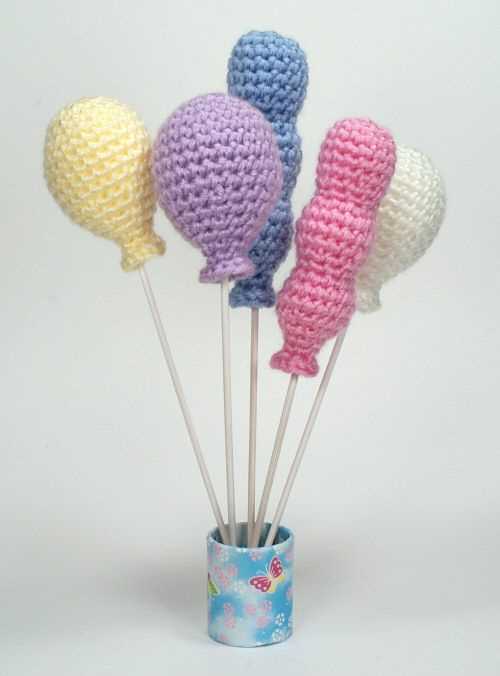
If you enjoyed making knitted water balloons and want to try out more patterns, there are several resources available online. Here are some places where you can find additional knitting patterns for water balloons:
- Knitting Pattern Websites: Many knitting pattern websites offer a variety of patterns for different projects, including water balloons. Examples of such websites include Ravelry, LoveCrafts, and Knitting Pattern Central. These websites often have a search feature that allows you to specify the type of project you’re looking for, making it easy to find water balloon patterns.
- Knitting Blogs: Knitting blogs are another great source for free knitting patterns, including ones for water balloons. Bloggers often share their own patterns and tutorials, providing step-by-step instructions and helpful tips. Some popular knitting blogs include Tin Can Knits, Knitting for Charity, and Yarn Harlot.
- Online Knitting Communities: Joining online knitting communities like forums, groups, and social media platforms can be a great way to connect with other knitters and discover new patterns. Websites like Ravelry have dedicated forums and groups where you can share ideas, ask for pattern recommendations, and find other knitters who have made water balloons. Social media platforms like Instagram and Pinterest also have knitting communities where users share patterns and ideas.
- Knitting Magazines and Books: Knitting magazines and books often contain a variety of patterns for different projects, including water balloons. You can find these resources at your local bookstore, library, or online retailers like Amazon. Some popular knitting magazines include Vogue Knitting, Interweave Knits, and Knitscene.
With these resources, you’ll have no shortage of knitting patterns to try out for your water balloons. Remember to always follow the instructions carefully and adjust the patterns as needed to fit your preferences. Happy knitting!